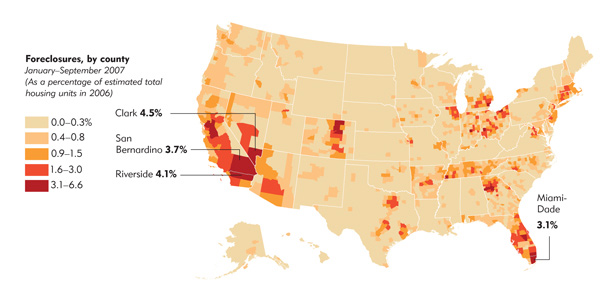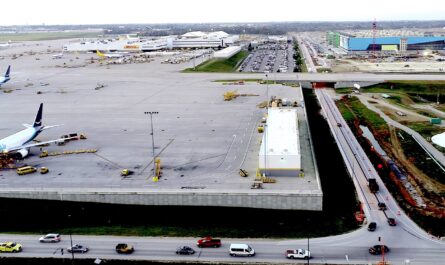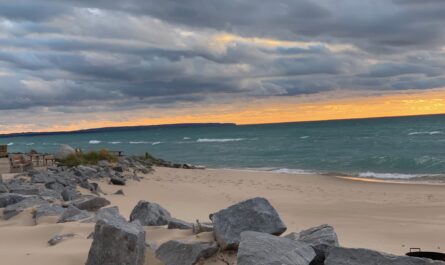As the dimensions of the mortgage crisis both expand and get clearer, a new picture is emerging of a nation in pain that simultaneously is coming to new conclusions about what it means to be safe and secure in America. For the first time since post-war federal policy ganged up on cities to promote suburban expansion, cities are rebounding in remarkable ways and suburbs appear to have reached some kind of new limits to growth. The evidence of this profound shift is easy to find if you look.
First, here in Michigan and across much of the country, the towering growth in homeforeclosures is hitting the newest suburbs at least as hard, and in most cases harder than it is striking the state’s cities. Foreclosures in West Bloomfield and Birmingham are occurring at the same or higher rates than the rate of foreclosures in Detroit and its older suburbs.
Cities meanwhile are attracting new residents and new wealth, so much so that vast tracts of the urban landscape in cities as different as New York and Salt Lake City, Boston and Denver, Seattle and Knoxville, Chicago and Atlanta, and dozens of others, are being completely rebuilt.
This is a remarkable transformation. For most of my life cities were places to dismantle, not build. I was a kid in the 1960s when city officials and U.S. housing administrators teamed up to tear down much of White Plains, N.Y., my home town, as part of the federal urban renewal program. An elegant network of narrow streets and historic offices and walk-ups was replaced by Houston-like boulevards. A windowless mall was built near the center of town that became one of the most dangerous places to shop in the whole state. White Plains gradually came to its senses and slowly began to replace the urbanism that was removed, and the city is experiencing its own economic and cultural renaissance.
Chicago, too, is undergoing more than $1 billion in new housing, retail, and commercial investment along south Michigan Avenue, an area that encompasses hundreds of acres of old warehouses, storage buildings, and light industrial facilities. Boston is building a new city above the Big Dig. Los Angeles is rebuilding Grand Avenue. New York is planning 45 million square feet of homes and offices above a rail yard along the Hudson River.
A third bit of evidence is the popular clamor for modern transit. Grand Rapids recently won federal approval for a new rapid bus system, and as much as $29 million in US support to build the 10-mile line, which could be the first rapid transit line built in Michigan since early in the 20th century.
Northern Virginia is planning to build a new streetcar line, which would join a growing number of other streetcar systems, including operating lines in Portland and Kenosha, Wisc. And Atlanta is considering a new streetcar line along its famous Peachtree Street.
What appears to be occurring in the United States? Time-wasting, costly, energy-inefficient, land-consuming, and obsolete exurban patterns of development are taking new forms. The institutions that supported the old patterns are grievously injured. Citibank today announced a $23 billion write off connected to sour loans in its mortgage business. The American auto industry continues to shrink. Developers are going bankrupt, among them Levitt and Sons, which built the first auto-dependent cookie cutter suburb after World War Two, New York’s Levittown.
Coming up in their place are builders of new transit systems, designers of new green housing and LEED certified office buildings, and the entrepreneurial high tech businesses popping up downtown in small places like Traverse City, and big places like Charlotte.


